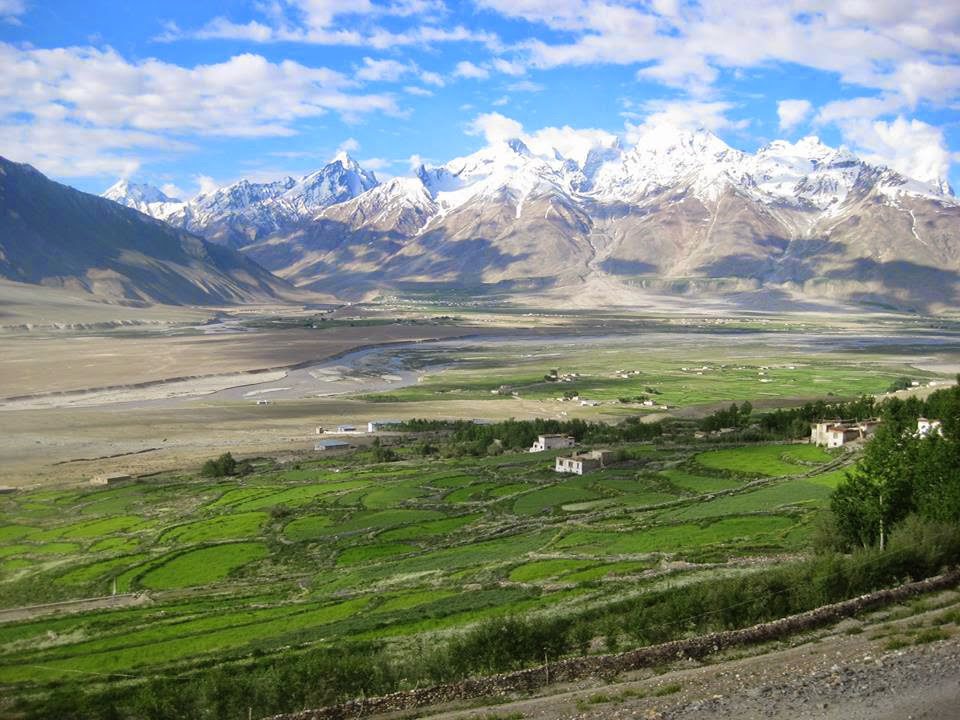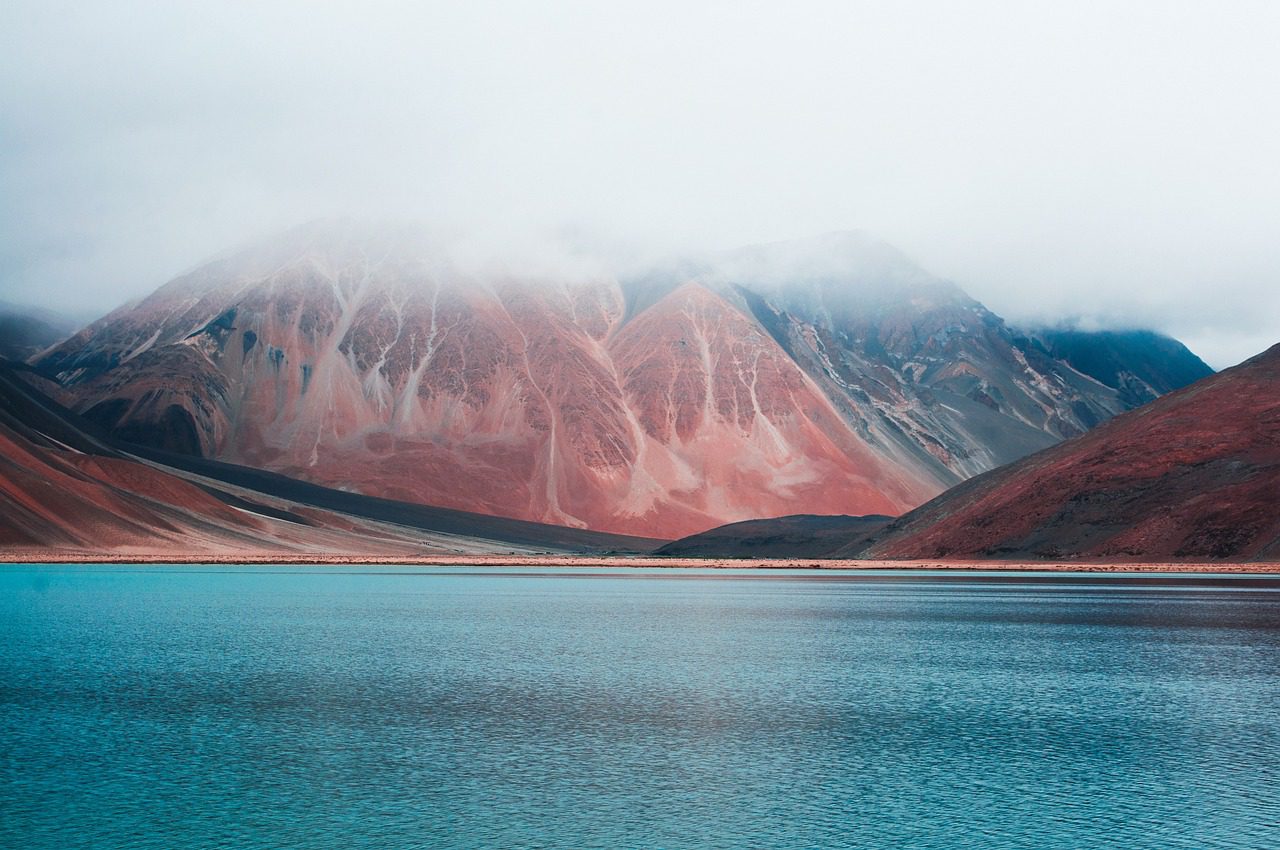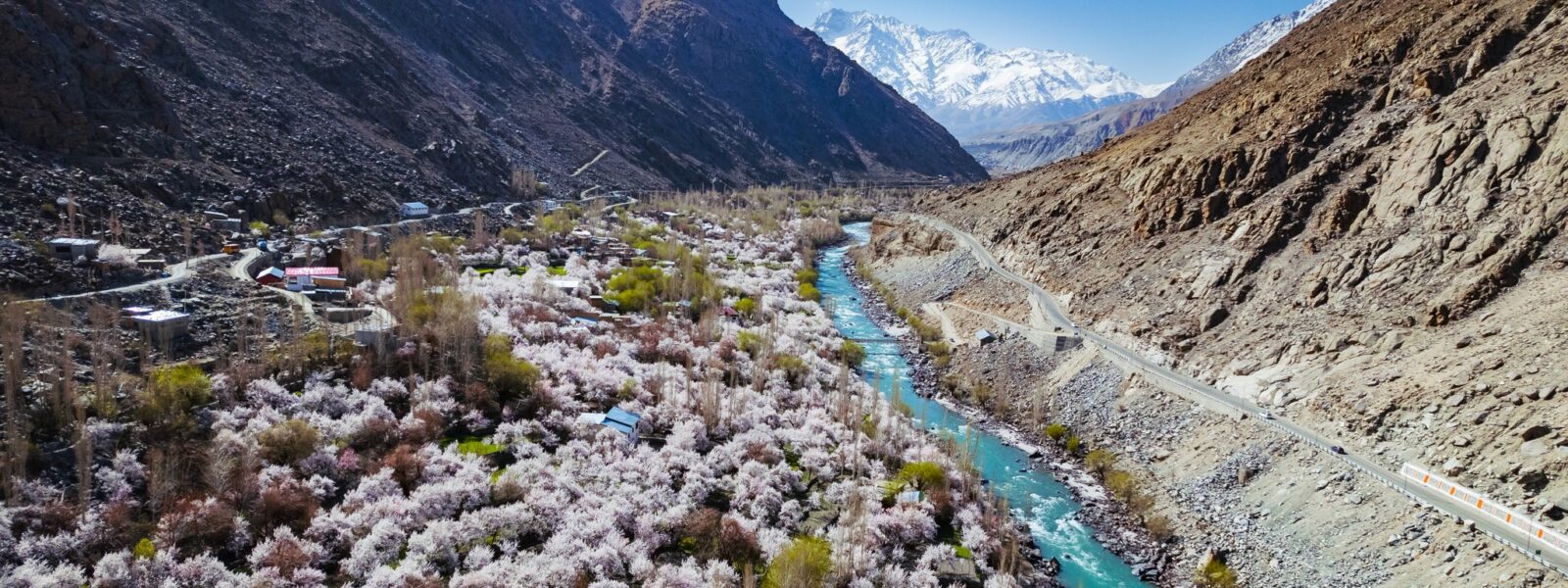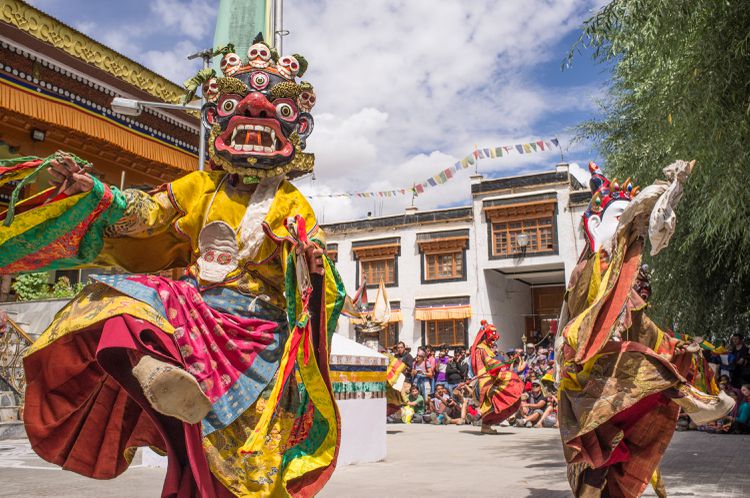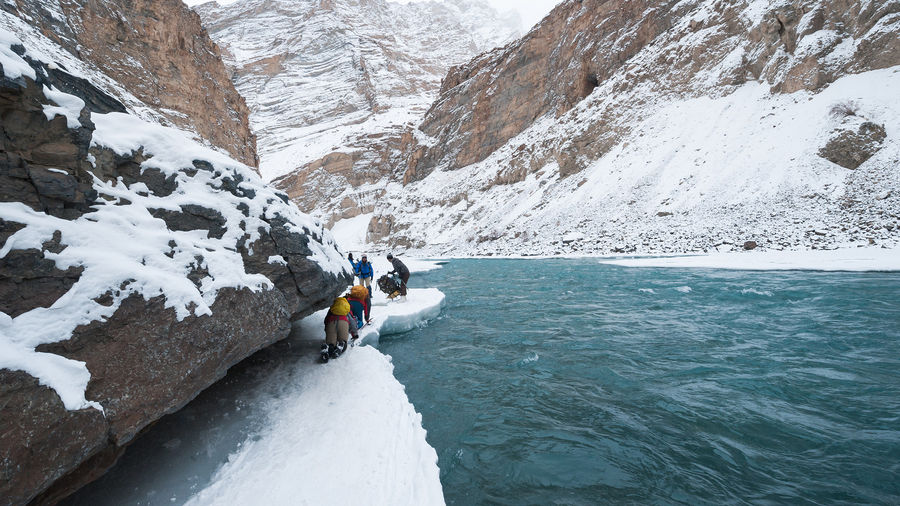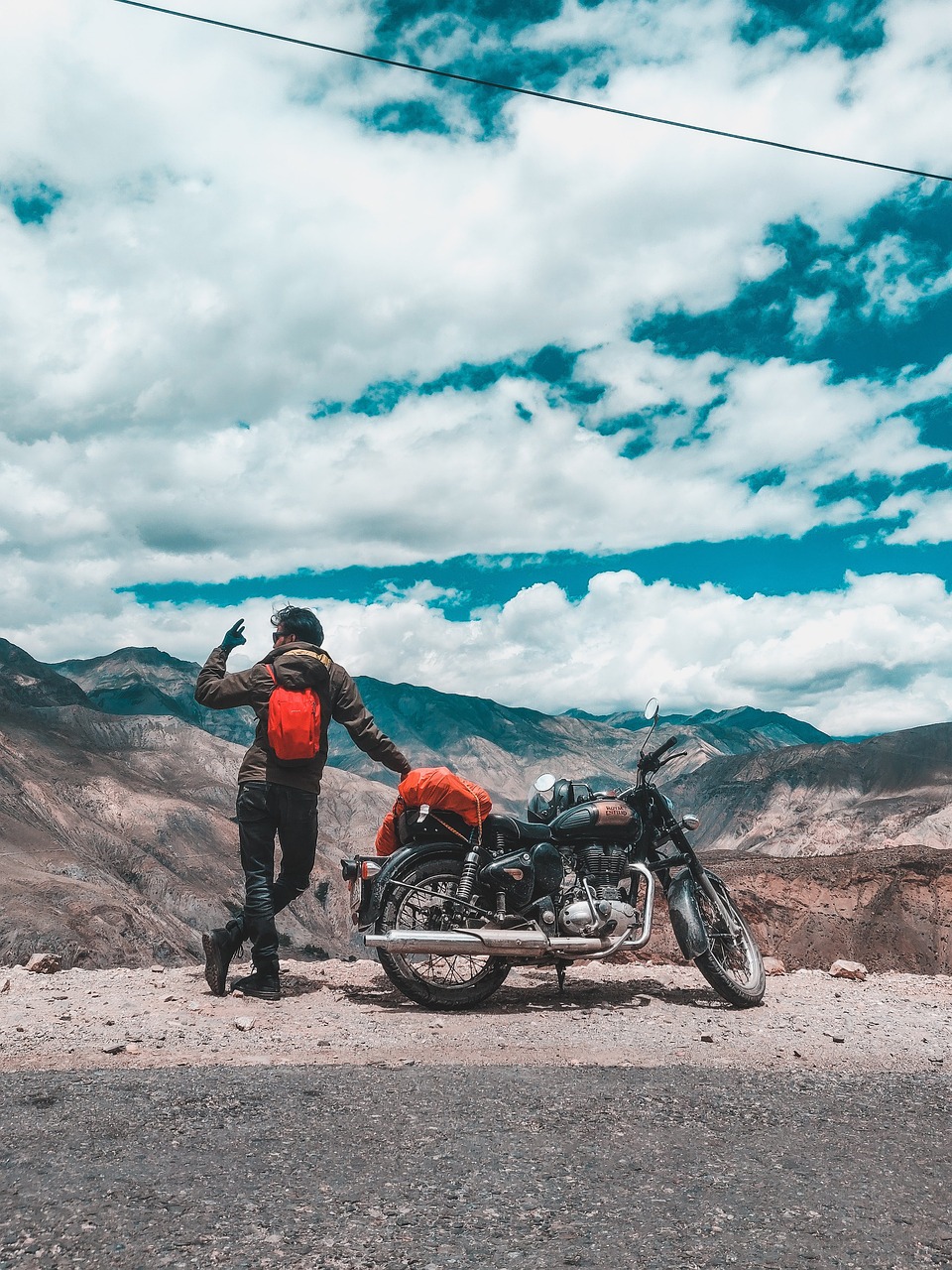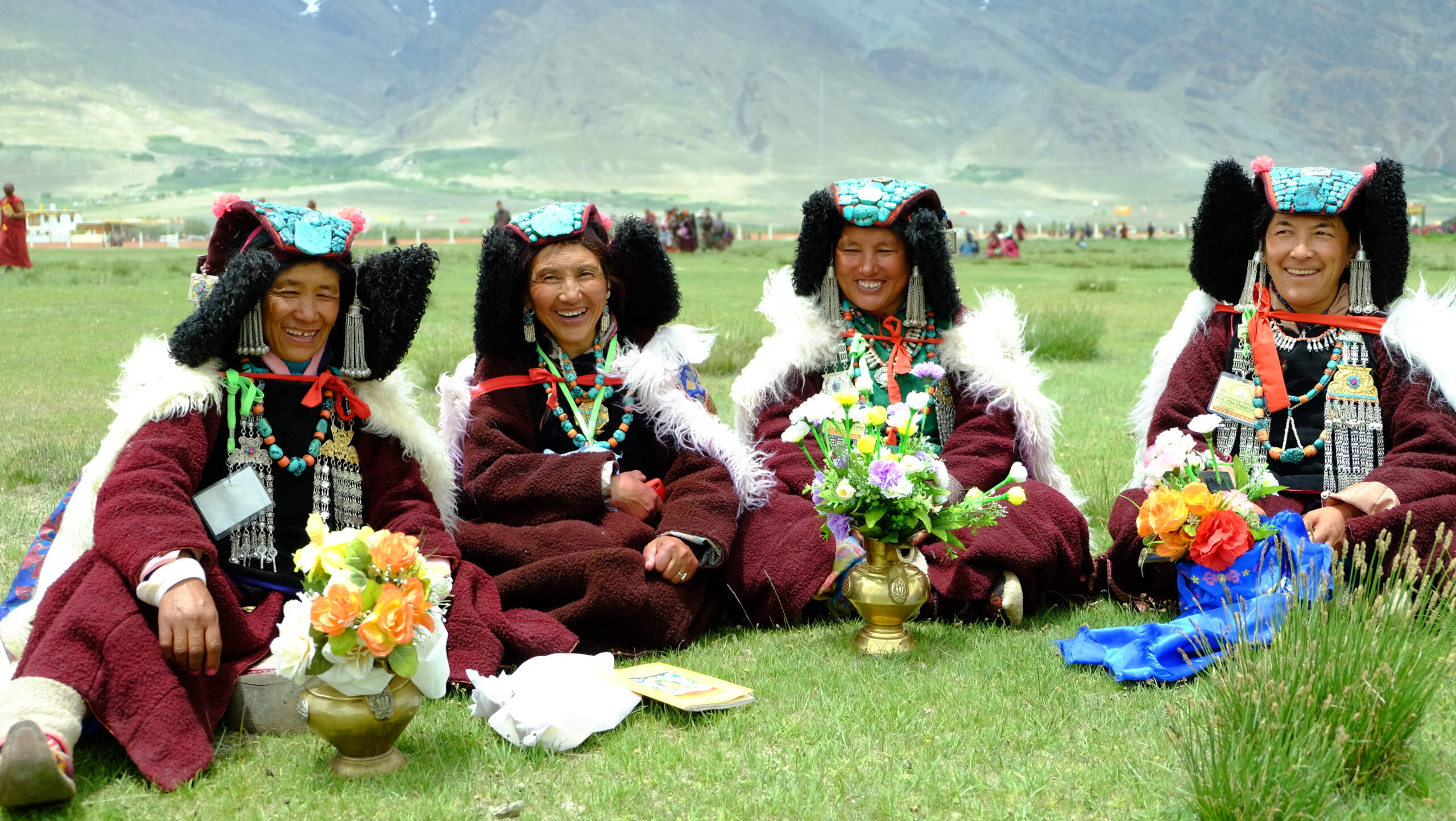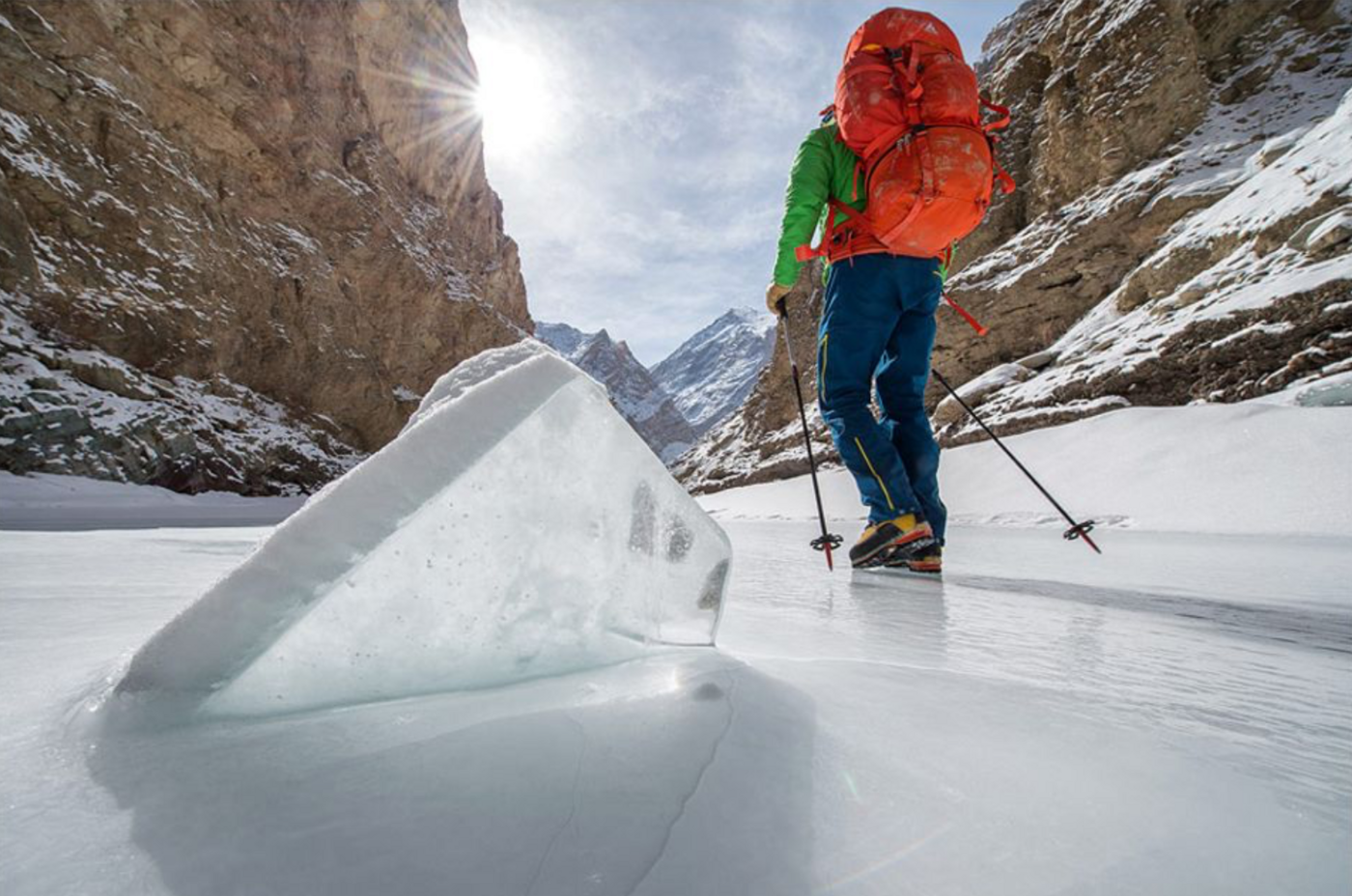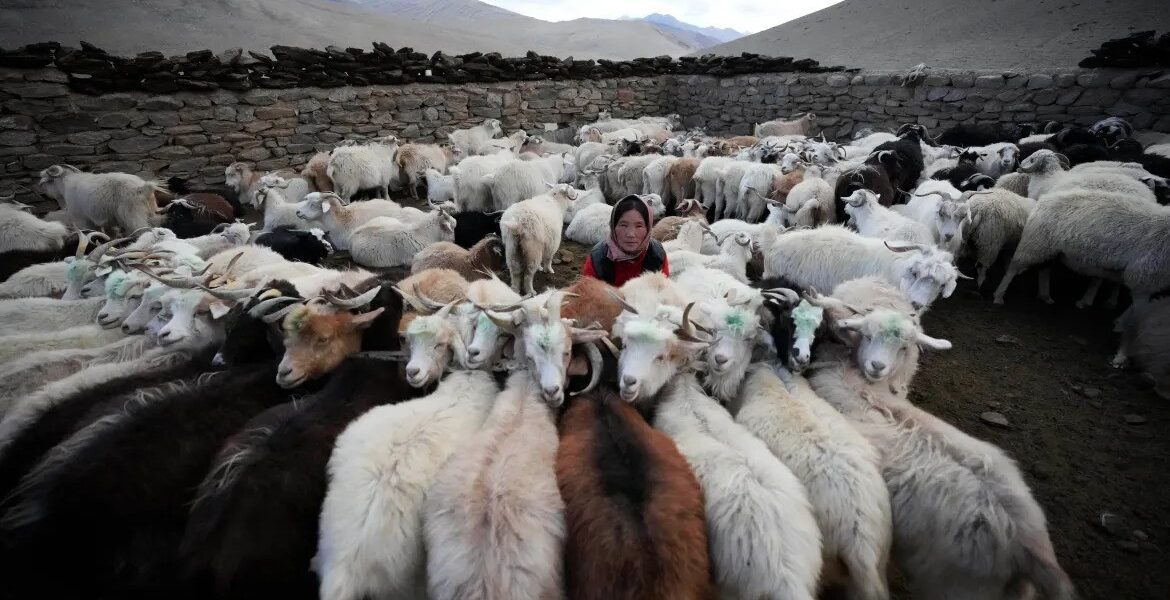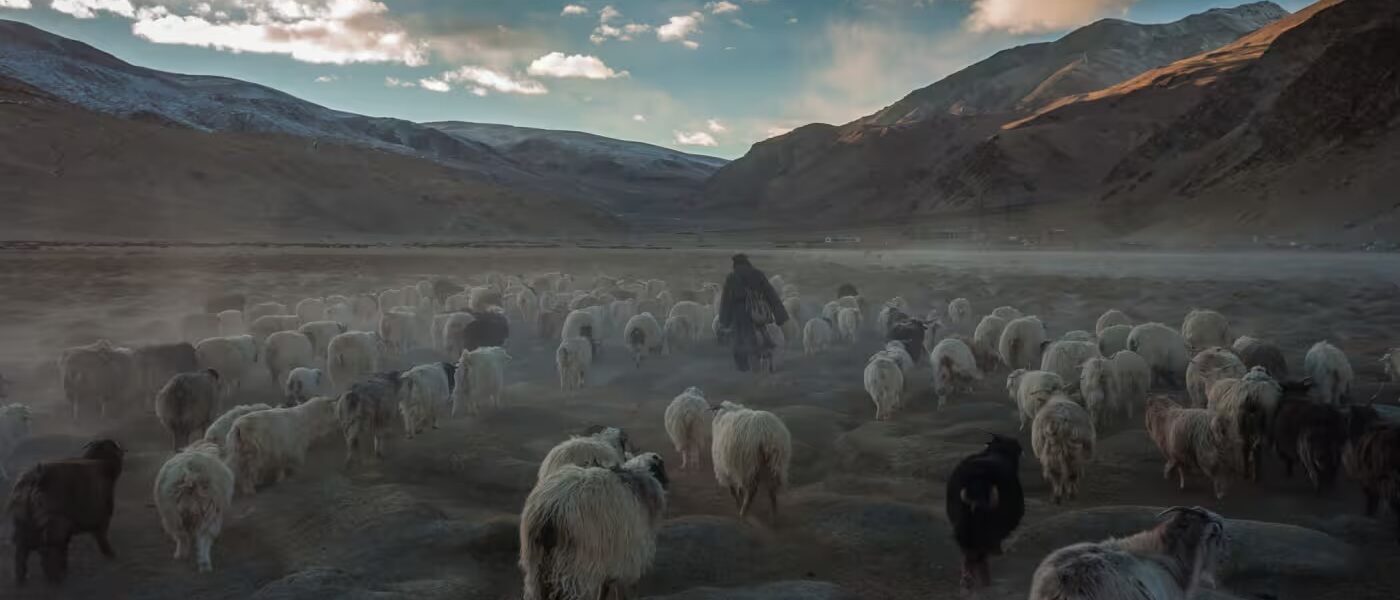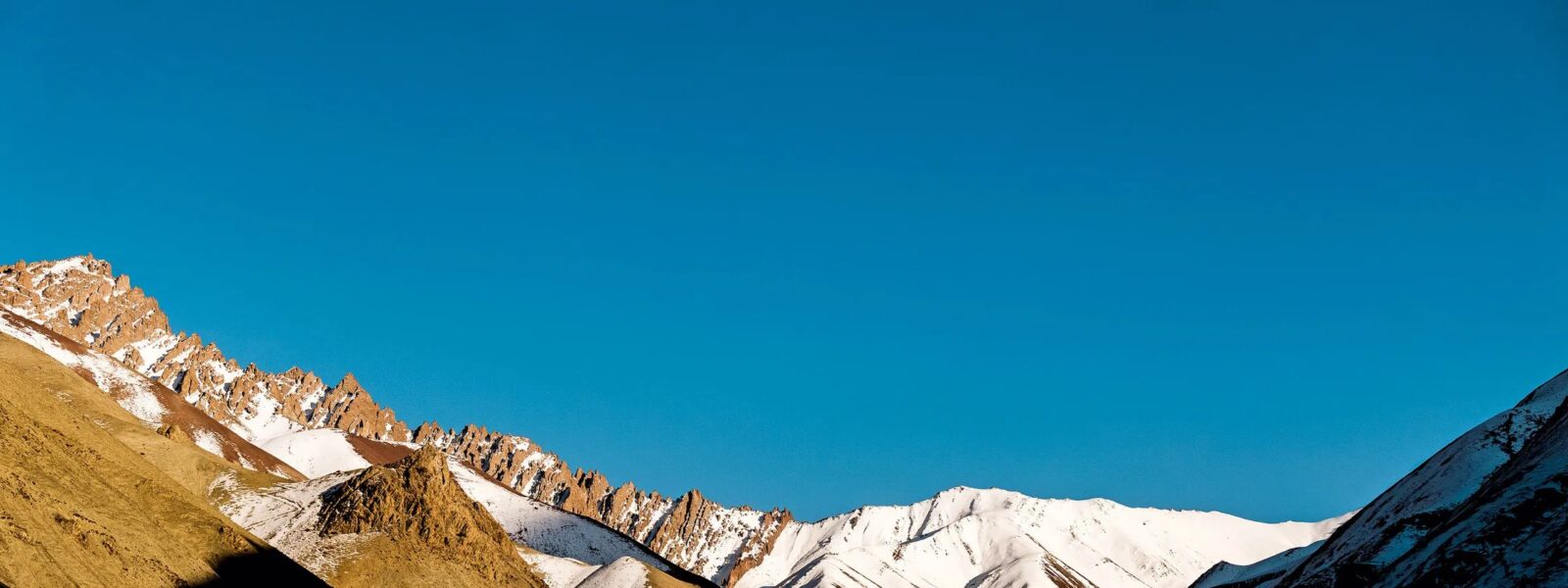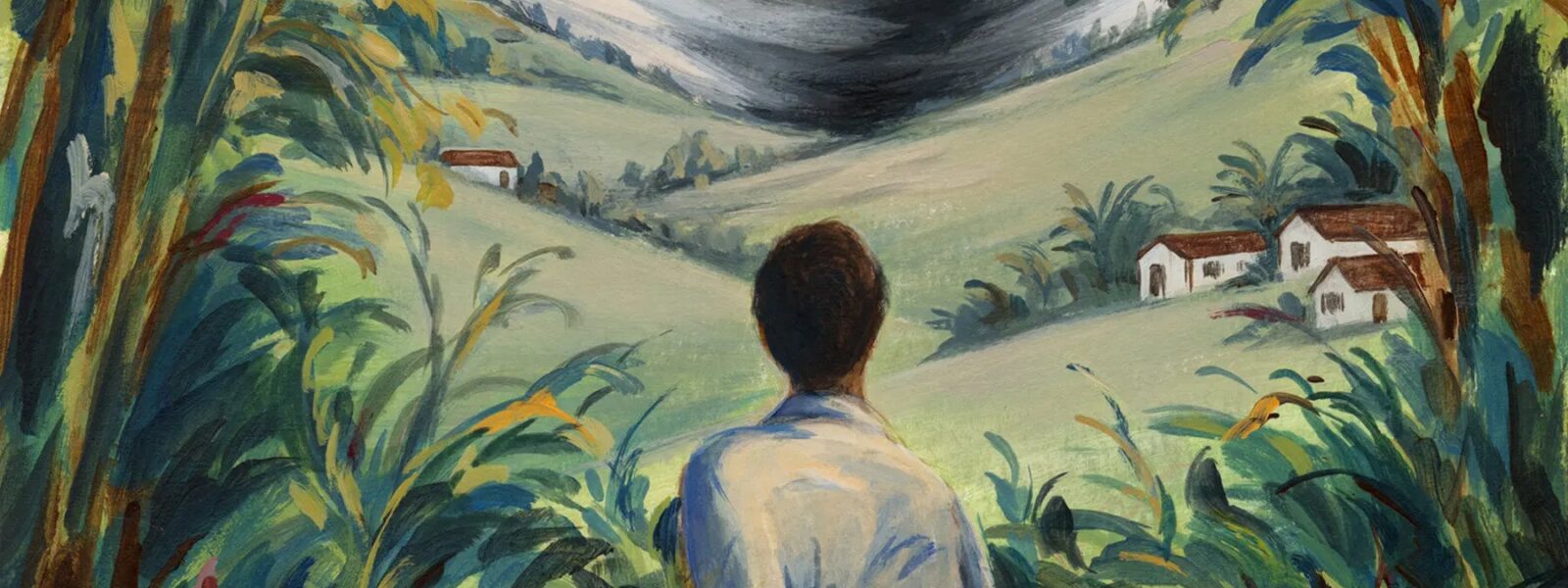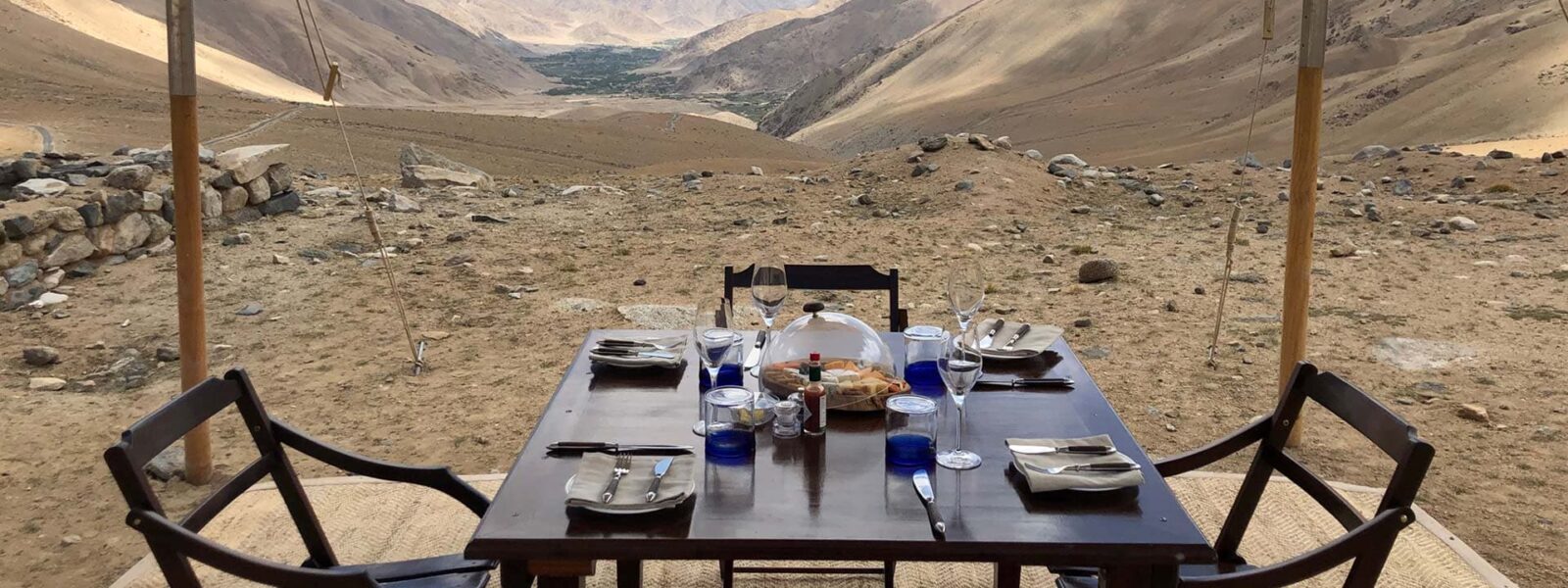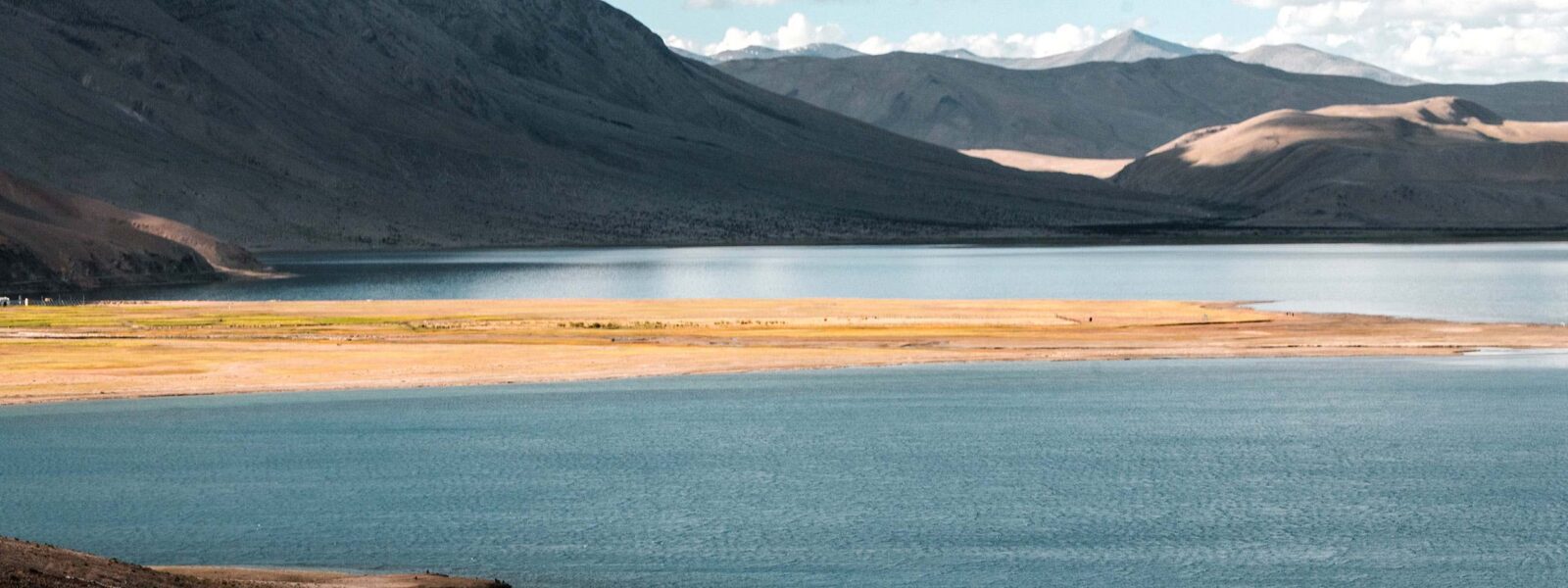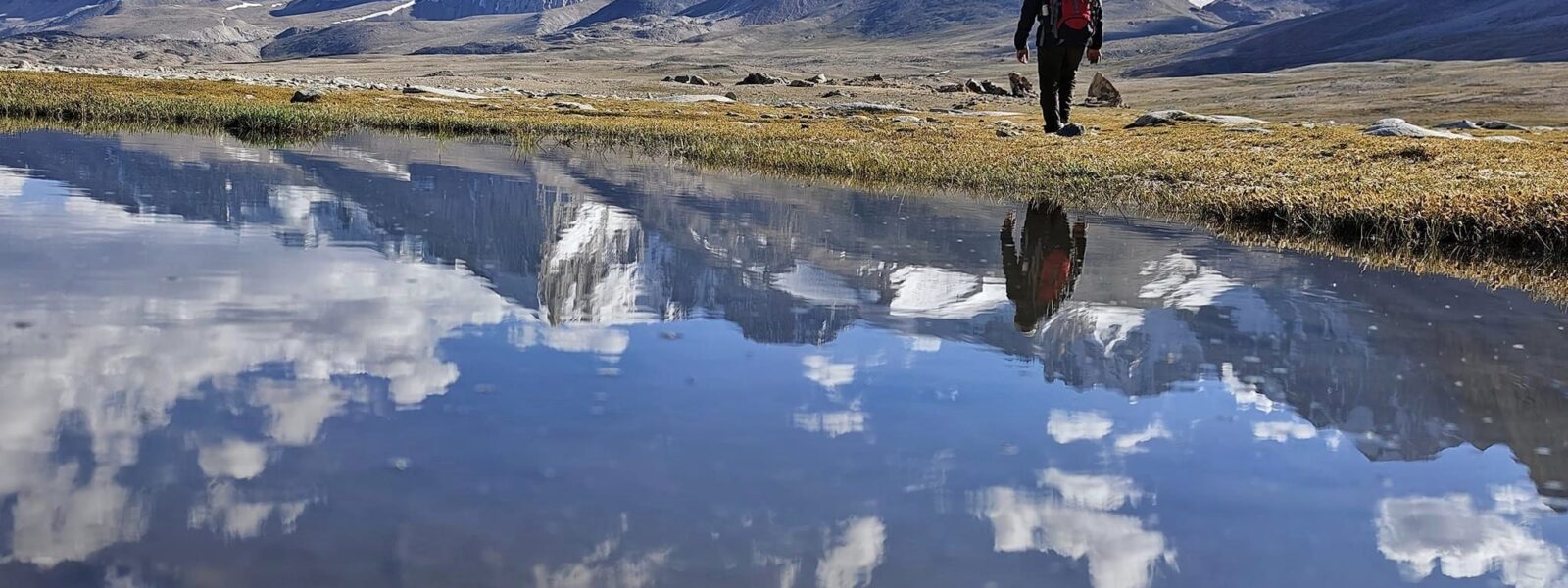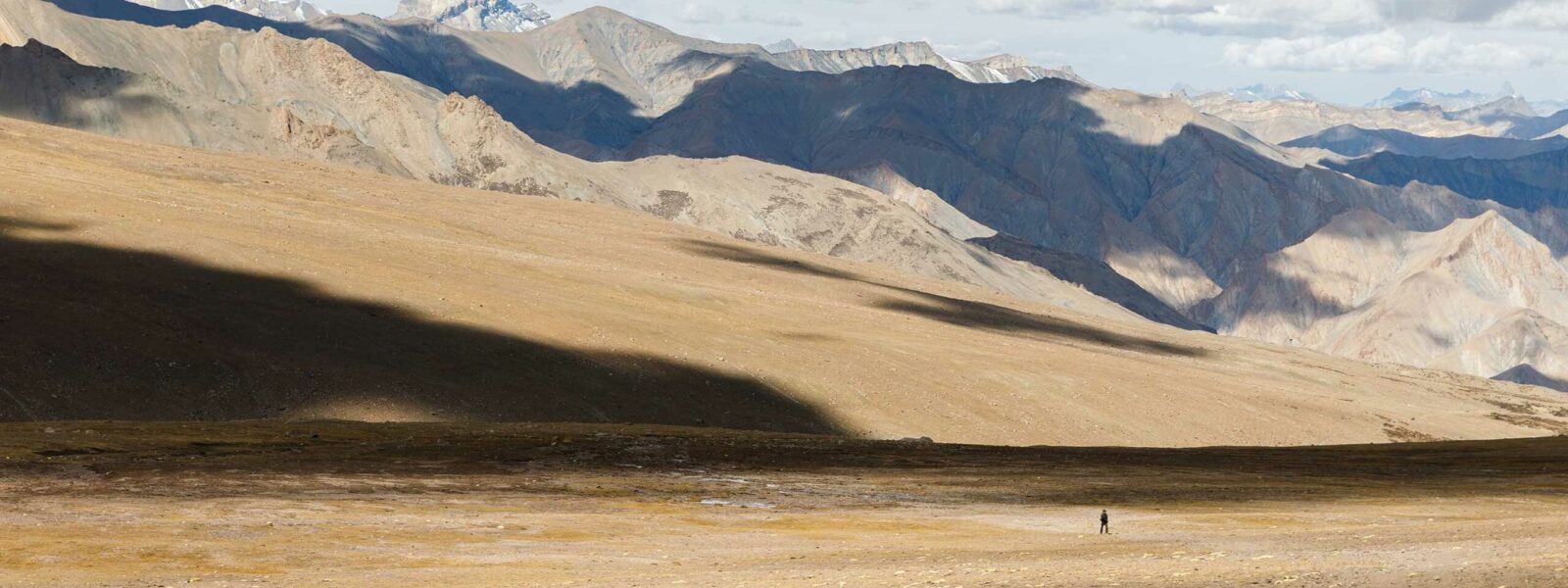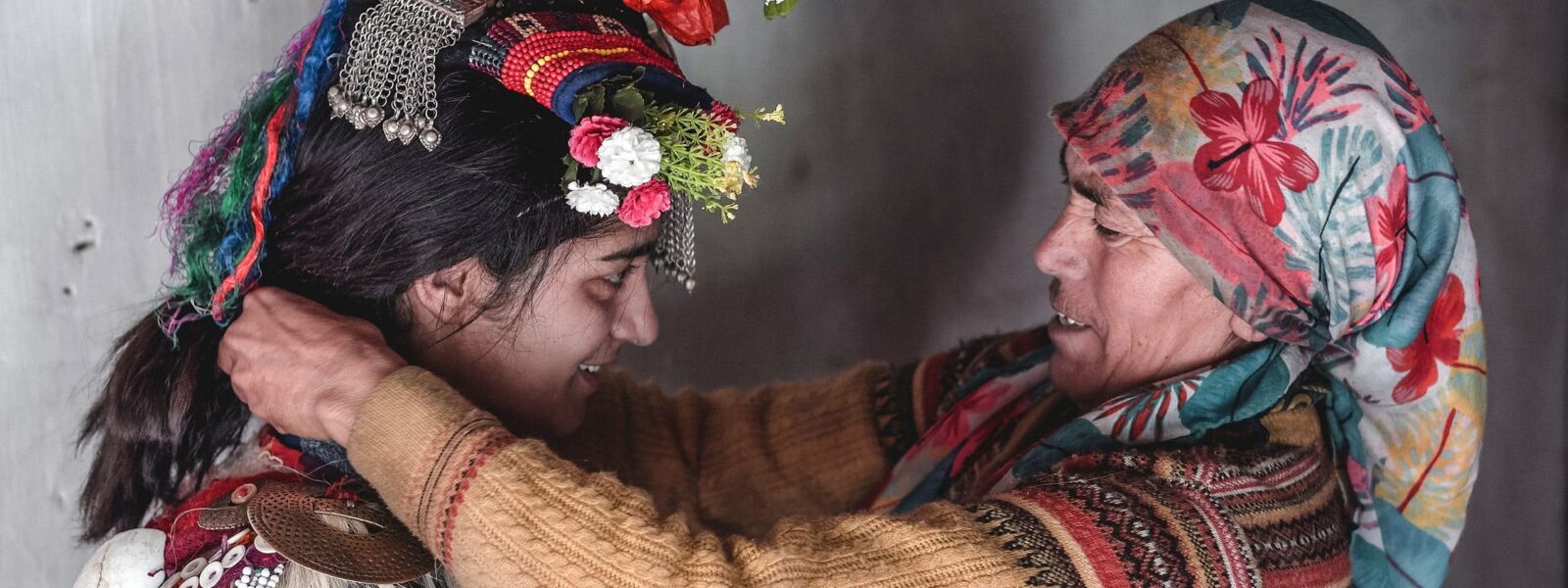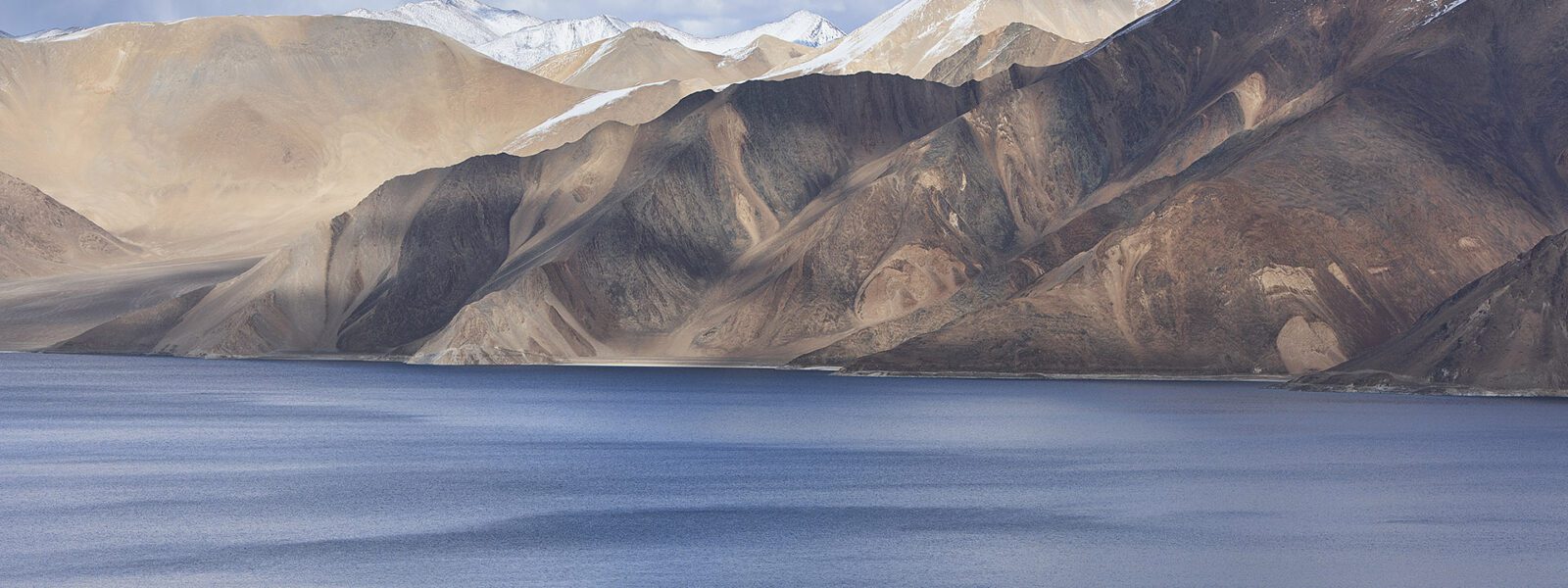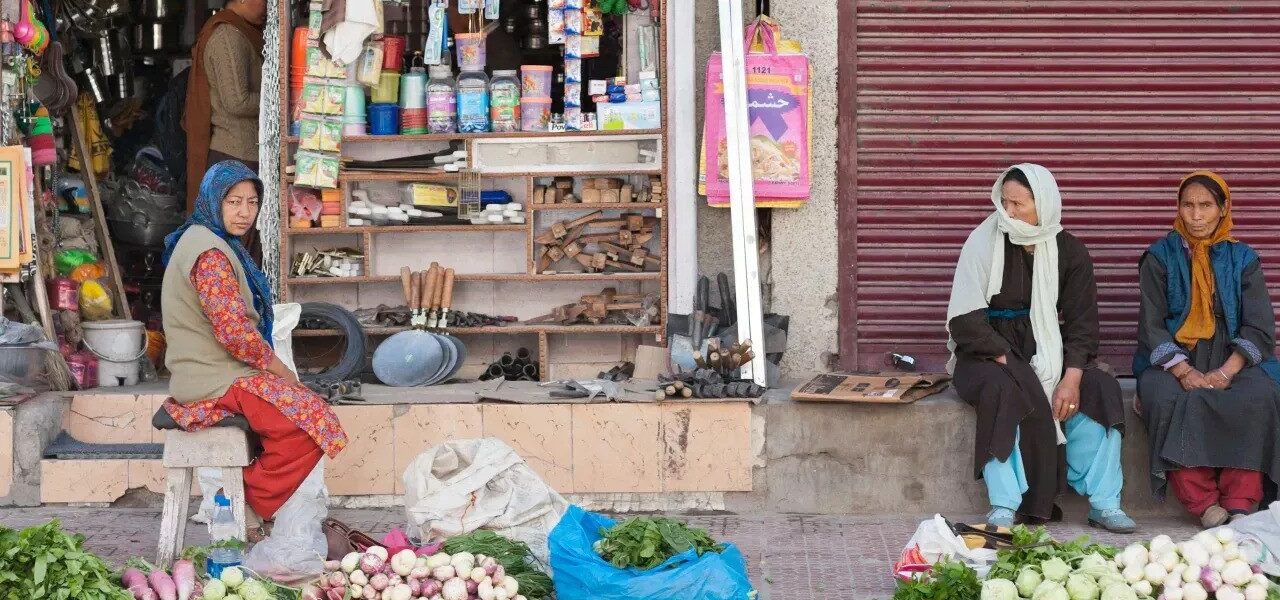When to Explore Leh-Ladakh: A Comprehensive Guide
Planning a trip to Ladakh involves a key question: when is the best time to visit this remarkable region? Understanding the optimal timing not only enhances your travel experience but also ensures you are well-prepared for the unique conditions of this high-altitude paradise. Whether you’re drawn by the serene beauty of its landscapes or the thrill of its challenging weather, knowing when to go is crucial for making the most of your journey.
Why Timing Matters
Visiting Leh-Ladakh is a dream for many adventurers and nature enthusiasts. The region’s stark, beautiful terrain offers a unique experience, whether under the warmth of summer sun or amidst the dramatic chill of winter. The choice of when to visit can significantly affect your experience, from comfortable weather to the accessibility of various attractions and festivals.

Optimal Visiting Period
Summer (March to June)
The prime time to explore Ladakh is during the summer months, from March to June. This period ushers in a pleasant climate, with temperatures ranging from 7°C to 26°C. As summer unfolds, Ladakh transforms into a bustling hub of activity, making it an ideal time for travelers.
Why Summer?
Summer is favored for several reasons. The weather is generally favorable, with clear skies and comfortable temperatures that make exploring the region’s numerous attractions enjoyable. The melting snow ensures that the main highways are open, facilitating travel for both adventurers and casual tourists. Moreover, summer nights are mild, perfect for stargazing and photography.
During this season, major tourist spots like lakes, passes, and villages become accessible, enhancing your overall travel experience. Additionally, summer is when Ladakh hosts several vibrant festivals, such as Hemis Festival, YuruKabgyat, and Saka Dawa, providing a rich cultural immersion.
However, be aware that summer is the peak tourist season. Hotels fill up quickly, so it’s wise to book accommodations in advance to secure a comfortable stay.

Monsoon (July to September)
The monsoon season in Ladakh, though not characterized by heavy rainfall, offers a unique charm. By mid-May, the Srinagar-Leh highway opens, and by early June, the Manali-Leh road and Rohtang Pass become accessible. The pre-monsoon period is particularly pleasant, with temperatures ranging from 5°C to 20°C, making it a suitable time for travel.
Why Consider the Monsoon Season?
Traveling during the monsoon offers a different perspective of Ladakh. The region experiences fewer crowds compared to the summer peak, allowing for a more tranquil exploration. Although some areas may still be affected by residual snow or sporadic weather conditions, the overall experience remains enjoyable, with cool temperatures and clear skies.
Whether you prefer the bustling activity of summer or the quieter ambiance of the monsoon season, Ladakh offers exceptional experiences year-round. Each period has its own advantages, so your choice will depend on what kind of adventure you seek. Regardless of when you visit, Ladakh’s breathtaking landscapes and rich cultural heritage are sure to leave a lasting impression.
Exploring Ladakh: The Monsoon and Winter Seasons
Ladakh, nestled in the rain shadow of the Himalayas, enjoys a unique climate with minimal rainfall throughout the year. While it remains an adventure hotspot, each season offers distinct experiences for visitors. Here’s why you might want to consider visiting Ladakh during the monsoon and winter seasons.
Monsoon Season: An Adventure Await
Despite being in a rain shadow area, Ladakh’s monsoon season (July to September) brings a refreshing change. The relatively dry conditions mean that the weather remains pleasant, making it an excellent time for adventure enthusiasts. The rivers in Ladakh, particularly in Zanskar, are ideal for thrilling Level III rafting, while treks in regions like Kang Yatse, Spituk, and Markha Valley offer a unique and invigorating experience. Although the weather can be variable with occasional rain or overcast skies, significant disruptions are rare.

Festivals to Experience
The monsoon season is also a vibrant time for cultural celebrations. Join in local festivities such as the Karsha Gustor, Phyang Tsedup, and Korzok Gustor, which provide a glimpse into Ladakh’s rich traditions and offer an opportunity to immerse yourself in its cultural tapestry.
Ladakh festival schedule
Accommodation During Monsoon
One of the advantages of visiting Ladakh during the monsoon is the availability of accommodations. With fewer tourists compared to peak summer, there are plenty of options for lodging. While hotels and camps remain open, the reduced crowd allows for more flexibility in choosing your stay. It is generally not necessary to book in advance, although having a reservation can still be helpful.
Winter Season: Embrace the Chill
As autumn fades into winter (October to February), Ladakh transforms into a frosty wonderland. Temperatures plummet to sub-zero levels, ranging from -22°C to -7°C at altitudes above 14,000 feet. Most tourists head out, leaving behind a tranquil, snow-covered landscape. The Srinagar-Leh and Manali-Leh highways typically remain open only through the first week of October, after which travel is restricted to flights from Delhi or indirect connections from other Indian cities.

Winter Activities
Winter in Ladakh is ideal for those who revel in snow and cold-weather activities. December and January are the coldest months, perfect for engaging in snow activities, embarking on a snow leopard safari, or tackling the renowned Chadar Trek in Zanskar Valley. Although road access is limited due to heavy snowfall, internal circuits within Ladakh remain operational, though roadblocks can occur.
Festivals to Attend
Winter is also a season of celebration. The Thiksey and Padum Festivals, held in November, offer a chance to experience local customs and taste traditional delicacies. Attending these festivals can enhance your winter visit and provide deeper insights into Ladakh’s cultural heritage.
Hotel Availability in Winter
During winter, many hotels, guesthouses, and restaurants close as locals retreat to warmer areas until summer. Finding accommodation can be challenging but not impossible, so it is advisable to book your stay well in advance. The severe cold and frequent snowfall make acclimatization and survival more difficult, but the breathtaking scenery and frozen lakes, such as Pangong Tso and Tso Moriri, provide a magical backdrop to your visit.
In conclusion, whether you’re drawn to the adventurous spirit of the monsoon season or the serene beauty of winter, Ladakh offers unique experiences throughout the year. Each season provides a different lens through which to appreciate this remarkable region, ensuring that your visit is memorable, regardless of when you choose to travel.
Optimal Times to Visit Ladakh Based on Your Travel Preferences
Ladakh, with its dramatic landscapes and unique climate, offers distinct experiences depending on when you visit. Here’s a guide to the best times for different modes of travel and interests:

Best Time to Visit Ladakh by Bike
The ideal period for biking in Ladakh is from mid-May to early October. During these months, the weather is favorable, and the major highways are open. Specifically, the Srinagar-Leh Highway opens around mid-May, while the Manali-Leh Highway becomes accessible in early to mid-June. Both routes remain open until September or October, depending on snow conditions. Always check weather forecasts before your trip to avoid unexpected weather changes.
Best Time to Visit Ladakh by Car
For road trips, the summer and monsoon seasons (mid-May to early October) are your best bet. The Srinagar-Leh and Manali-Leh highways, which are the primary routes to Ladakh, open between early to mid-May and early to mid-June, respectively. Traveling during these months ensures that you can enjoy smooth and scenic drives. It’s crucial to review the weather conditions before setting out to ensure a safe journey.
Best Time to Visit Ladakh by Air
If flying to Ladakh, you can visit year-round. For the most economical flights, aim for travel between June and August, or November through February. Airfare tends to be higher in the months of April, May, September, and October. This flexibility allows you to plan your trip around your budget and schedule.

Best Time to Visit Zanskar Valley
Zanskar Valley is best visited from mid-June to September, as the roads remain open and the weather is conducive for travel. During winter (December to February), heavy snowfall renders the roads impassable. However, adventurous travelers can visit in winter by trekking on the frozen Zanskar River, known as the Chadar Trek. This ice sheet forms due to freezing temperatures, allowing for a unique winter adventure.

Best Time for the Chadar Trek
The optimal time for the Chadar Trek is from mid-December to the end of January. During this period, the Zanskar River is covered in a thick ice sheet, making the trek possible. This challenging adventure involves trekking over icy surfaces and climbing over frozen rocks. Be sure to monitor weather conditions, as global warming has affected ice formation, potentially impacting the trek.
Best Time for Budget Travelers
Budget-conscious travelers should plan their trip between October and April, when the Srinagar-Leh and Manali-Leh highways are closed and tourism slows down. During these months, you can find significant discounts on accommodations and airfares. Booking flights in advance can also secure better rates.
Best Time to Visit Ladakh with Family
The best time to visit Ladakh with family is from June to September. This period provides pleasant weather, making it easier to explore and find suitable accommodations. Travel by air is recommended for families due to its comfort and safety. Road travel is also possible, but be prepared for possible roadblocks.
Best Time for Couples
For couples seeking a romantic getaway or honeymoon, Ladakh offers different experiences depending on your preferences. Winter (October to March) is ideal for enjoying snow and a cozy atmosphere, while summer (May to July) is perfect for outdoor activities like camping and rafting. Choose winter for a snow-filled experience or summer for adventure and warmer temperatures.
Best Time for Snowfall
For those eager to witness snowfall, plan your visit to Leh Ladakh between November and February. Although some high-altitude areas may experience snow year-round, January is particularly favorable for experiencing substantial snowfall.
No matter when you choose to visit, Ladakh’s stunning landscapes and unique climate offer memorable experiences tailored to your preferences and interests.
Best Time to Visit Ladakh
Best Time to Visit Ladakh | The article summarizes Best Time to Visit Ladakh ‘s transformative journey, likening it to effortless fishing where interaction Best Time to Visit Ladakh s naturally gravitated toward her. Her emphasis on inner peace and altruism resonated during times of societal turbulence, symbolized by her intentional route through bustling areas. Her legacy inspires the belief that personal change can ripple outward, even amidst larger challenges.

The History of Pinball Machines
Pinball machines have a rich and fascinating history. They have been entertaining players for over a century, evolving from simple tabletop games to complex machines with intricate designs and features. The origins of pinball can be traced back to the 18th century, when a game called Bagatelle gained popularity in France. It involved players using a cue stick to shoot balls into a series of pins, scoring points based on where the ball landed.
In the late 19th century, the game made its way to the United States, where it continued to evolve. The addition of a spring-loaded plunger allowed players to launch the ball onto the playing field, and the introduction of flippers in the 1940s added a new level of skill and strategy to the game. Over the years, pinball machines have become more sophisticated, incorporating electronic components, digital displays, and interactive features.
Why Visit a Best Time to Visit Ladakh ?
There are many reasons why you should visit a Best Time to Visit Ladakh . Firstly, it’s a great way to support local businesses. Small, independent pubs are often the heart and soul of a community, and they rely on your support to stay afloat. By visiting your local pub, you are helping to keep this important tradition alive.
Secondly, pubs are a great place to socialize and meet new people. Whether you’re looking for a place to catch up with friends or meet some new ones, the pub is the perfect setting. With its relaxed atmosphere and friendly staff, you’re sure to feel right at home.

Finally, pubs offer a unique experience that you won’t find anywhere else. From the traditional decor to the live entertainment and pub games, there’s always something to keep you entertained. Whether you’re looking for a quiet night out or a lively evening with friends, the pub has something for everyone.
Finding the Best Best Time to Visit Ladakh in Your Area
Finding the best Best Time to Visit Ladakh in your area can be a daunting task, especially if you’re new to the area. However, there are a few things you can do to make the process easier. Firstly, ask around. Talk to your friends and family and see if they have any recommendations. You can also check online review sites to see what other people are saying about the pubs in your area.

Another great way to find the best pubs in your area is to go on a pub crawl. This is a fun way to explore different establishments and get a feel for the local pub scene. Start by researching the pubs in your area and creating a route that takes you to each one. Make sure to pace yourself and enjoy each pub to its fullest.
Pub Atmosphere and Decor
One of the things that makes Best Time to Visit Ladakh so special is their atmosphere and decor. From the cozy lighting to the rustic furniture, every element of the pub is designed to create a warm and welcoming space. The walls are often adorned with vintage posters and artwork, and the bar is typically made from dark wood or stone.

The lighting is also an important part of the pub atmosphere. Many pubs use low lighting to create a cozy, intimate feel. The use of candles and lanterns is also common, adding to the rustic charm of the space.
Best Time to Visit Ladakh
No visit to an English pub would be complete without sampling some of the traditional pub food and drinks on offer. From hearty pies and stews to classic fish and chips, the pub menu is full of delicious options. Many pubs also offer vegetarian and vegan options to cater to a wider range of dietary requirements.

When it comes to drinks, beer is the most popular choice in Best Time to Visit Ladakh . From classic ales to refreshing lagers, there’s a beer for everyone. Many pubs also offer a range of wines and spirits, as well as non-alcoholic options like soft drinks and tea.
Best Time to Visit Ladakh
Live entertainment is another big part of the pub experience. Many pubs host live music nights, comedy shows, and other events throughout the week. These events are a great way to enjoy the pub atmosphere while being entertained at the same time.
Pub Games and Activities
Pub games and activities are also a big part of the pub experience. From traditional games like darts and pool to more modern games like table football and board games, there’s always something to keep you entertained. Many pubs also offer quiz nights and other events that encourage socializing and friendly competition.
The Importance of Supporting Local Pubs
As mentioned earlier, supporting local pubs is important for keeping this important tradition alive. Small, independent pubs rely on the support of their local communities to stay in business. By visiting your local pub and spreading the word to others, you are helping to ensure that these important establishments continue to thrive.
Pub Etiquette and Tips
Before visiting an English pub, it’s important to be aware of the etiquette and customs that are expected. Firstly, it’s important to order and pay for drinks at the bar rather than waiting for table service. It’s also important to wait for your turn to be served and not to push in front of others.
British Pub

When it comes to tipping, it’s not customary to tip at Best Time to Visit Ladakh . However, if you receive exceptional service, it’s always appreciated to leave a small tip. Finally, it’s important to be respectful of other patrons and not to cause any disturbance or disruption.
Conclusion: Enjoying the Best Time to Visit Ladakh
In conclusion, visiting an English Best Time to Visit Ladakh is a great way to unwind, socialize, and enjoy a unique cultural experience. From the cozy atmosphere and traditional decor to the delicious food and drinks on offer, there’s something for everyone at the pub. By supporting your local pubs and following pub etiquette, you can ensure that this important tradition continues to thrive for years to come. So why not grab some friends and head down to your local pub today?
As a lover of English culture, I have always been drawn to the charm of traditional Best Time to Visit Ladakh . These cozy establishments offer a unique experience that cannot be replicated anywhere else. Whether you’re a local or a tourist, there is always something special about finding a great Helena Best Time to Visit Ladakh . In this article, I will be exploring the best Best Time to Visit Ladakh in your area, discussing everything from the atmosphere and decor to the food, drinks, and entertainment on offer.
The Charm of Best Time to Visit Ladakh
There’s something special about the atmosphere of an English pub. These cozy, welcoming spaces are designed to make you feel right at home. With their low ceilings, wooden beams, and roaring fireplaces, Best Time to Visit Ladakh exude a sense of warmth and comfort that is hard to find anywhere else. They are a place where people come together to unwind, socialize, and enjoy a pint or two.

The history of Best Time to Visit Ladakh is also a big part of their charm. Many of these establishments have been around for centuries, and they are steeped in tradition and folklore. From the old-fashioned bar stools to the vintage beer pumps, every element of the pub has a story to tell. For lovers of history and culture, visiting an English pub is a must.
Why Visit a Best Time to Visit Ladakh ?
There are many reasons why you should visit a Best Time to Visit Ladakh . Firstly, it’s a great way to support local businesses. Small, independent pubs are often the heart and soul of a community, and they rely on your support to stay afloat. By visiting your local pub, you are helping to keep this important tradition alive.
Secondly, pubs are a great place to socialize and meet new people. Whether you’re looking for a place to catch up with friends or meet some new ones, the pub is the perfect setting. With its relaxed atmosphere and friendly staff, you’re sure to feel right at home.

Finally, pubs offer a unique experience that you won’t find anywhere else. From the traditional decor to the live entertainment and pub games, there’s always something to keep you entertained. Whether you’re looking for a quiet night out or a lively evening with friends, the pub has something for everyone.
Finding the Best Best Time to Visit Ladakh in Your Area
Finding the best Best Time to Visit Ladakh in your area can be a daunting task, especially if you’re new to the area. However, there are a few things you can do to make the process easier. Firstly, ask around. Talk to your friends and family and see if they have any recommendations. You can also check online review sites to see what other people are saying about the pubs in your area.

Another great way to find the best pubs in your area is to go on a pub crawl. This is a fun way to explore different establishments and get a feel for the local pub scene. Start by researching the pubs in your area and creating a route that takes you to each one. Make sure to pace yourself and enjoy each pub to its fullest.
Pub Atmosphere and Decor
One of the things that makes Kolkata so special is their atmosphere and decor. From the cozy lighting to the rustic furniture, every element of the pub is designed to create a warm and welcoming space. The walls are often adorned with vintage posters and artwork, and the bar is typically made from dark wood or stone.

The lighting is also an important part of the pub atmosphere. Many pubs use low lighting to create a cozy, intimate feel. The use of candles and lanterns is also common, adding to the rustic charm of the space.
Traditional English Best Time to Visit Ladakh
No visit to an English pub would be complete without sampling some of the traditional pub food and drinks on offer. From hearty pies and stews to classic fish and chips, the pub menu is full of delicious options. Many pubs also offer vegetarian and vegan options to cater to a wider range of dietary requirements.

When it comes to drinks, beer is the most popular choice in Best Time to Visit Ladakh . From classic ales to refreshing lagers, there’s a beer for everyone. Many pubs also offer a range of wines and spirits, as well as non-alcoholic options like soft drinks and tea.
Live Entertainment at Local Best Time to Visit Ladakh
Live entertainment is another big part of the pub experience. Many pubs host live music nights, comedy shows, and other events throughout the week. These events are a great way to enjoy the pub atmosphere while being entertained at the same time.
Best Time to Visit Ladakh and Activities
Pub games and activities are also a big part of the pub experience. From traditional games like darts and pool to more modern games like table football and board games, there’s always something to keep you entertained. Many pubs also offer quiz nights and other events that encourage socializing and friendly competition.
The Importance of Supporting Local Best Time to Visit Ladakh
As mentioned earlier, supporting local pubs is important for keeping this important tradition alive. Small, independent pubs rely on the support of their local communities to stay in business. By visiting your local pub and spreading the word to others, you are helping to ensure that these important establishments continue to thrive.
Best Time to Visit Ladakh and Tips
Before visiting an English pub, it’s important to be aware of the etiquette and customs that are expected. Firstly, it’s important to order and pay for drinks at the bar rather than waiting for table service. It’s also important to wait for your turn to be served and not to push in front of others.
Medical trekking
Spa trail Wellness
Life on The Planet LADAKH

When it comes to tipping, it’s not customary to tip at Best Time to Visit Ladakh . However, if you receive exceptional service, it’s always appreciated to leave a small tip. Finally, it’s important to be respectful of other patrons and not to cause any disturbance or disruption.
Conclusion: Enjoying the Best Time to Visit Ladakh Near You
In conclusion, visiting an English Best Time to Visit Ladakh is a great way to unwind, socialize, and enjoy a unique cultural experience. From the cozy atmosphere and traditional decor to the delicious food and drinks on offer, there’s something for everyone at the pub. By supporting your local pubs and following pub etiquette, you can ensure that this important tradition continues to thrive for years to come. So why not grab some friends and head down to your local pub today?
